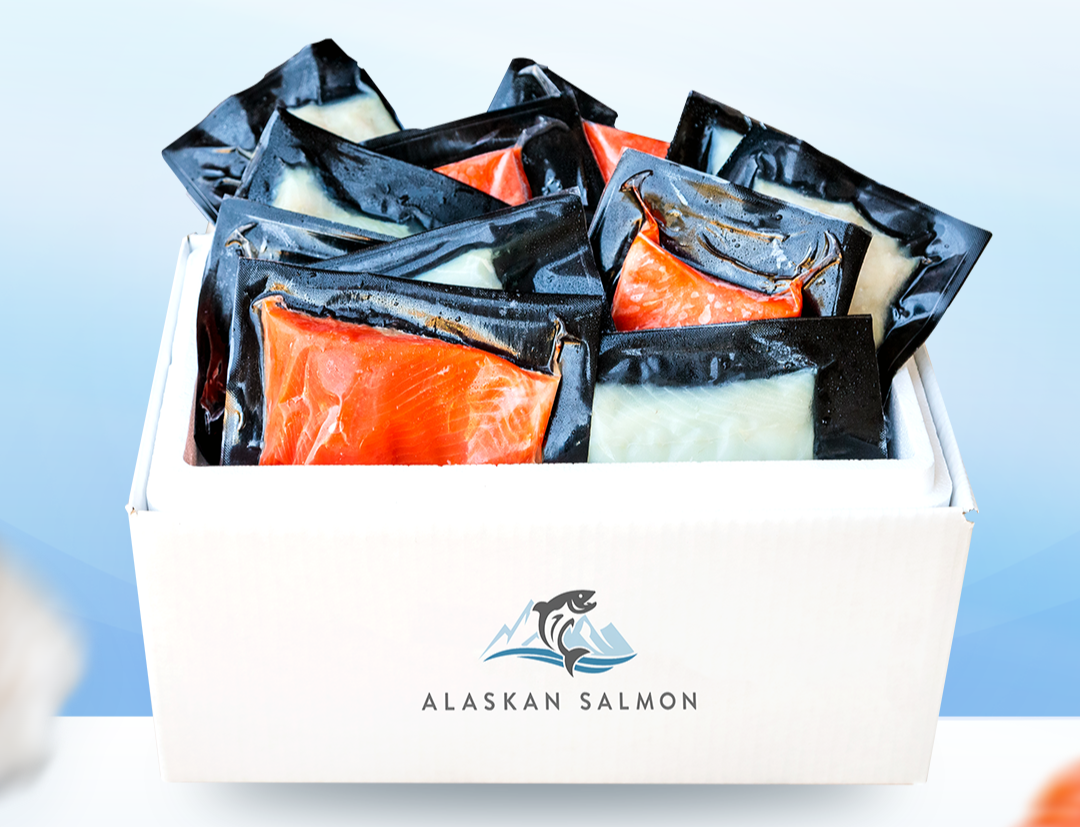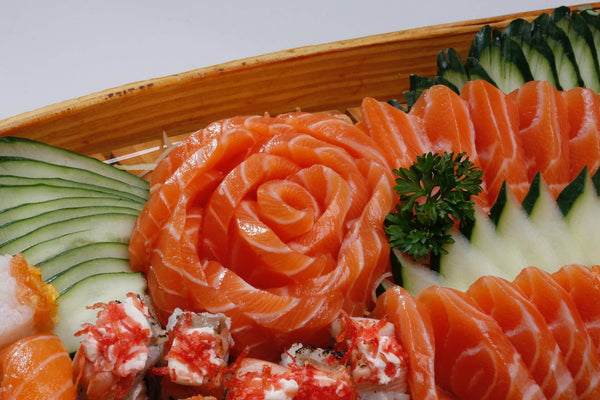The Healthiest Fish to Eat According to Experts
Updated on Jun 07, 2023
Fish is among the most nutritious foods you can include in your diet. Experts note that it provides essential nutrients that support the health of your heart, brain, and muscles.
Certain fish are rich in omega-3 fatty acids, a type of beneficial fat that helps the heart and brain function optimally. Other fish are lean but still high in protein, which contributes to maintaining muscle strength and overall fitness.
In this guide, we will highlight the healthiest fatty and lean fish and address important considerations when including fish in your diet.
Is Fish Good for You?
Fish is highly beneficial for your health. It is a rich source of protein, vitamins, and minerals, and certain types are especially high in omega-3 fatty acids, which support heart and brain health.
The American Heart Association, opens in a new tab recommends including fish in your diet at least twice a week. A standard serving is about 3 ounces of cooked fish, or roughly three-quarters of a cup of flaked fish.
Fatty fish — such as salmon, sardines, mackerel, herring, anchovies, and even some shellfish like oysters and mussels — are particularly valued for their omega-3 content.
Healthy Fatty Fish
Rich, flavorful, and full of beneficial fats, fatty fish are a favorite choice for those looking to support their heart and brain. Below are some of the top options. Each offers unique flavors and nutrients.
Salmon (Wild-Caught)
Salmon is prized for its firm texture and vibrant orange color. Wild-caught salmon, in particular, tends to have a richer flavor and higher levels of omega-3 fatty acids compared to farmed salmon. It provides vitamin D and high-quality protein, which help maintain strong muscles and healthy bones.
Related: Wild Salmon vs. Farmed Salmon
Mackerel
Mackerel has a naturally rich, slightly sweet flavor and a firm, oily texture that makes it ideal for grilling, baking, or smoking. It is an excellent source of B vitamins, including B12 and niacin, which support energy production, nervous system function, and metabolism.
Herring
Herring is a small, oily fish found in the North Atlantic and North Pacific oceans. Often enjoyed smoked or pickled, it has a rich, savory flavor and tender texture that make it a versatile ingredient in a variety of dishes.
Anchovies
Anchovies are packed with umami, giving dishes a savory punch without overwhelming other flavors. They are nutrient-dense despite their small size, offering concentrated protein and omega-3s.
Black cod
Black cod, also known as sablefish, has a rich, buttery flavor and tender, flaky texture. Choosing wild-caught black cod ensures a more natural diet and environment for the fish. While higher in fat than regular cod, it provides heart-healthy omega-3s and is still an excellent source of protein.
Sardines
Also a fatty fish, sardines are packed with nutrients. The canned version is easy to find and extra convenient, and it’s actually more nutritious because you’re eating the whole fish — including the bones and skin, which are soft and safe to eat.
Healthy Lean Fish
Lean fish are lower in fat but still provide high-quality protein and essential nutrients. They are versatile, mild in flavor, and perfect for anyone looking to build muscle, maintain energy, or enjoy a lighter meal option.
Cod
Cod is a flaky white fish with a delicate flavor, making it ideal for baking, broiling, or frying. It is low in fat but rich in protein and potassium, which support muscle function and healthy blood pressure.
Halibut
Halibut has a firm texture and a mild, slightly sweet flavor, perfect for grilling, baking, or pan-searing. It can grow to be very large, sometimes over 400 pounds, making it one of the largest flatfish species. Halibut is considered a more sustainable choice when sourced from well-managed fisheries, and its thick fillets hold up well to a variety of cooking methods.
Tilapia
Tilapia is a mild, slightly sweet fish that easily takes on the flavors of the dishes it’s cooked in, making it a versatile choice for grilling, baking, or sautéing. It is a lean source of protein and provides minerals like phosphorus and B vitamins, such as niacin. Widely available and generally affordable, tilapia is a popular option for quick and simple meals.
Related: Tilapia Substitutes
Pollock
Pollock is commonly used in fish sticks and seafood dishes for its light flavor and tender texture. It offers lean protein and B vitamins, which support metabolism and help maintain muscle strength.
Considerations
While fish is highly nutritious, it is important to take certain precautions to enjoy it safely. Some types of fish can contain mercury, a heavy metal that may be harmful in large amounts.
Pregnant individuals, young children, and those with certain medical conditions should be especially careful and choose fish that are lower in mercury, such as salmon, sardines, and cod.
Raw fish, including sushi and sashimi, can sometimes harbor bacteria or parasites, so it is safest for those who are pregnant, immunocompromised, or managing certain health conditions to avoid eating it.
How fish is prepared also matters; baking, grilling, or steaming are the healthiest options, while frying or using excessive oil can add unwanted fats and calories. Simple seasonings, herbs, or a squeeze of lemon can enhance flavor without compromising nutrition.
Keep these considerations in mind so you can safely enjoy fish while reaping its many health benefits.
Summary
Adding fish to your diet is an easy way to get protein, vitamins, and minerals while enjoying delicious flavors. Choosing a mix of fatty and lean fish and preparing them safely maximizes their health benefits.
For those looking to combine taste, nutrition, and sustainability, Alaskan Salmon Company offers excellent options. Our wild-caught Sockeye Salmon, Alaskan Halibut, and Alaskan Black Cod (Sable Fish) are responsibly sourced and perfect for a healthy, flavorful meal.
FAQs
What’s the healthiest fish to eat for weight loss?
Lean fish are generally best for weight loss because they are high in protein but low in fat and calories. Options like cod, tilapia, halibut, and pollock provide satisfying protein that helps maintain muscle while keeping calorie intake moderate.
What’s the healthiest fish to eat for the heart?
High-fat varieties of fish are especially beneficial for heart health because they provide omega-3 fatty acids. There are many options to choose from, such as salmon, mackerel, sardines, herring, anchovies, and black cod. These fish can help reduce inflammation, support healthy cholesterol levels, and promote cardiovascular wellness.
What’s the healthiest fish to eat for the brain?
Fish rich in omega-3s also support brain health. Fatty options such as wild-caught salmon, sardines, and mackerel provide DHA and EPA, which are linked to improved cognitive function and overall brain development.








